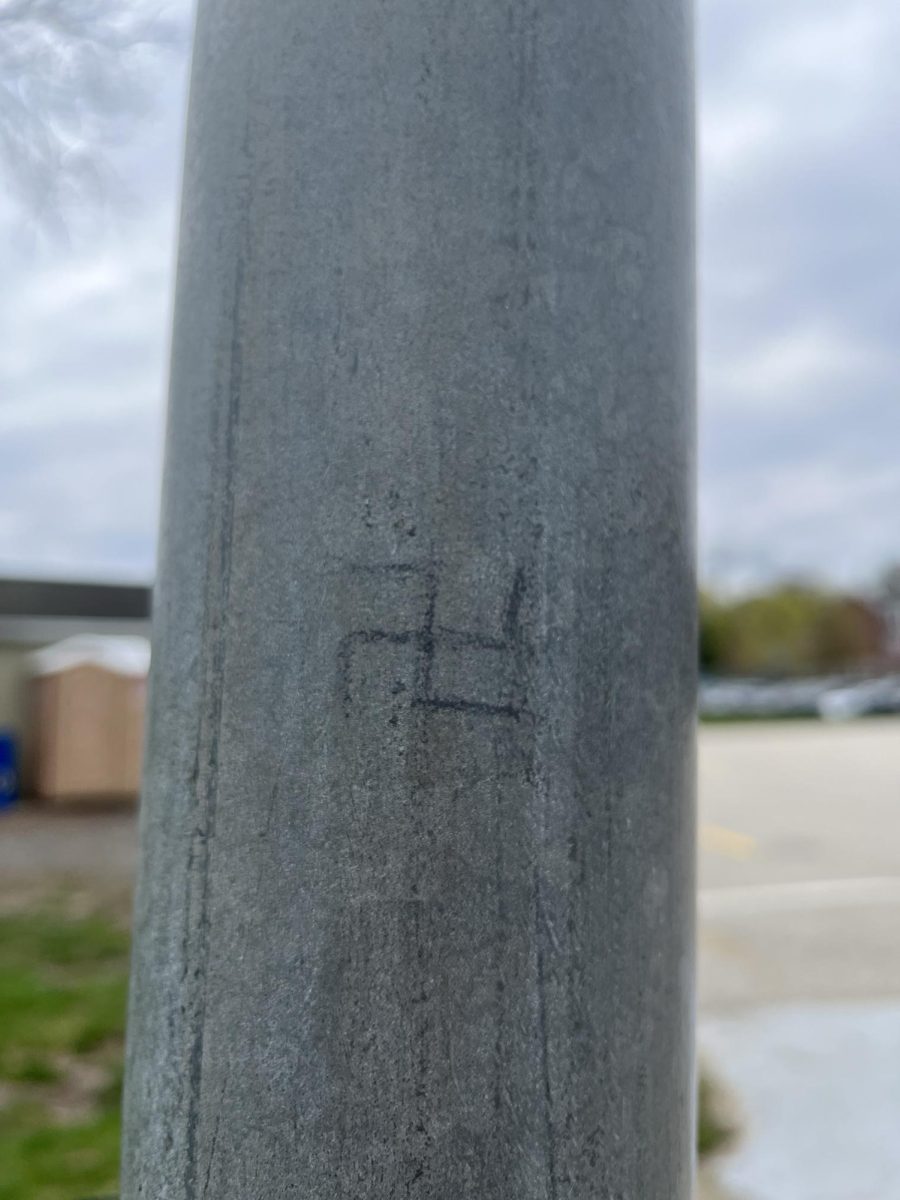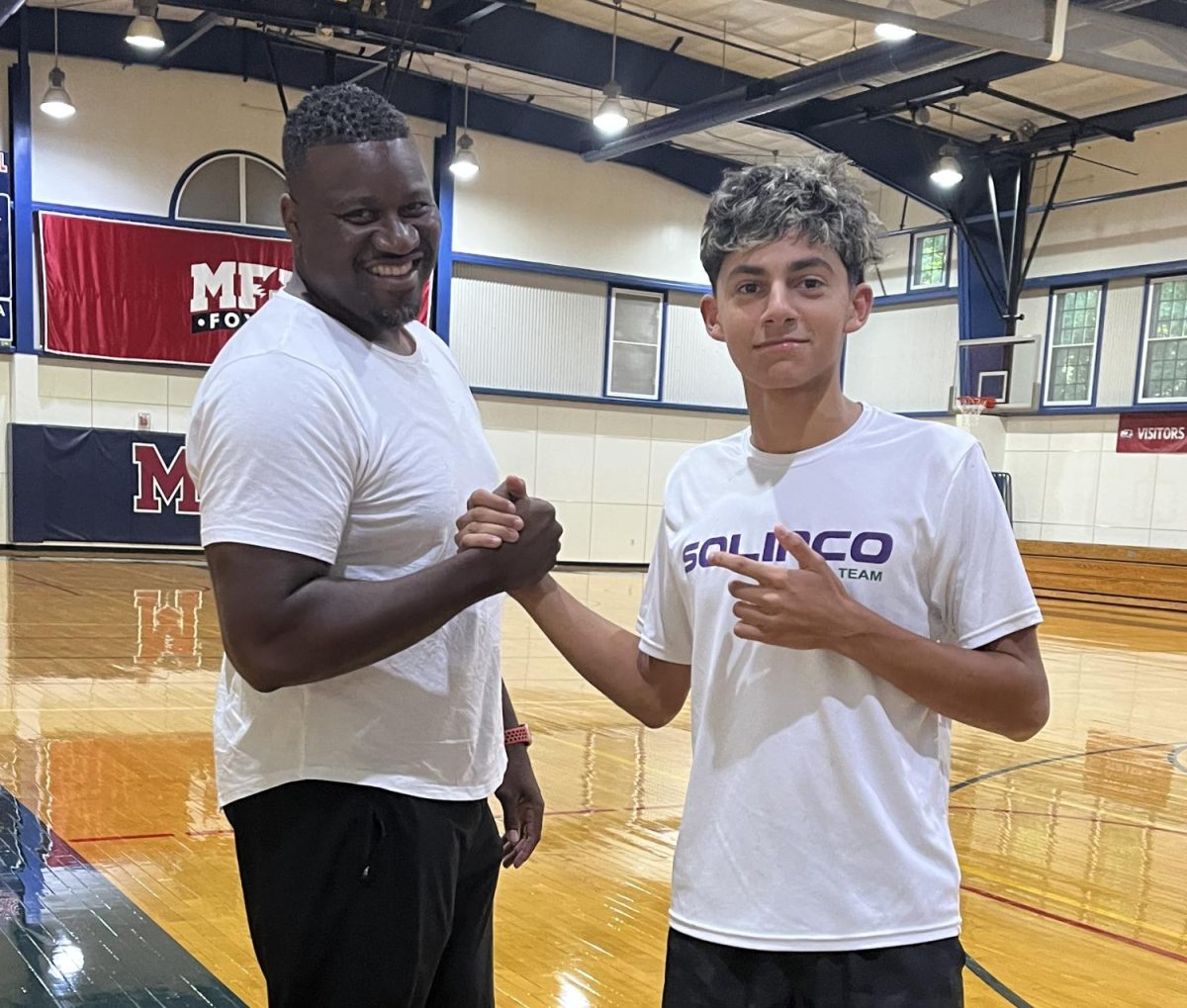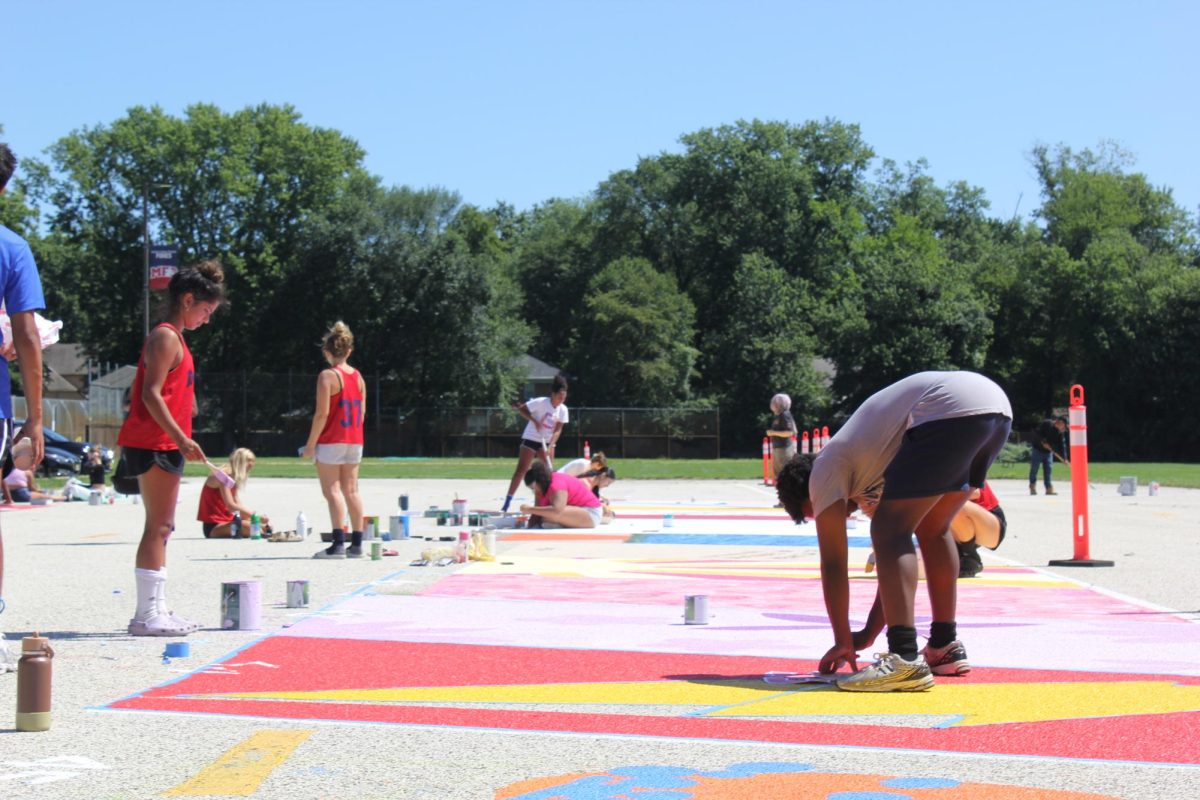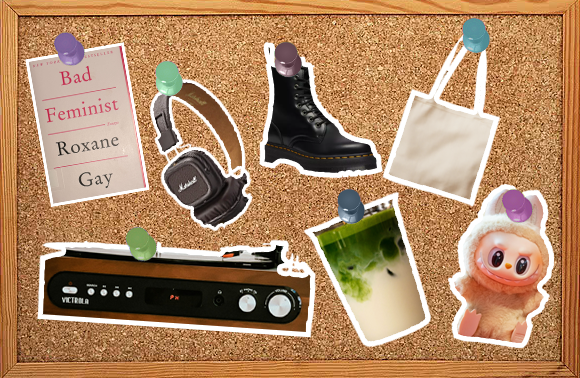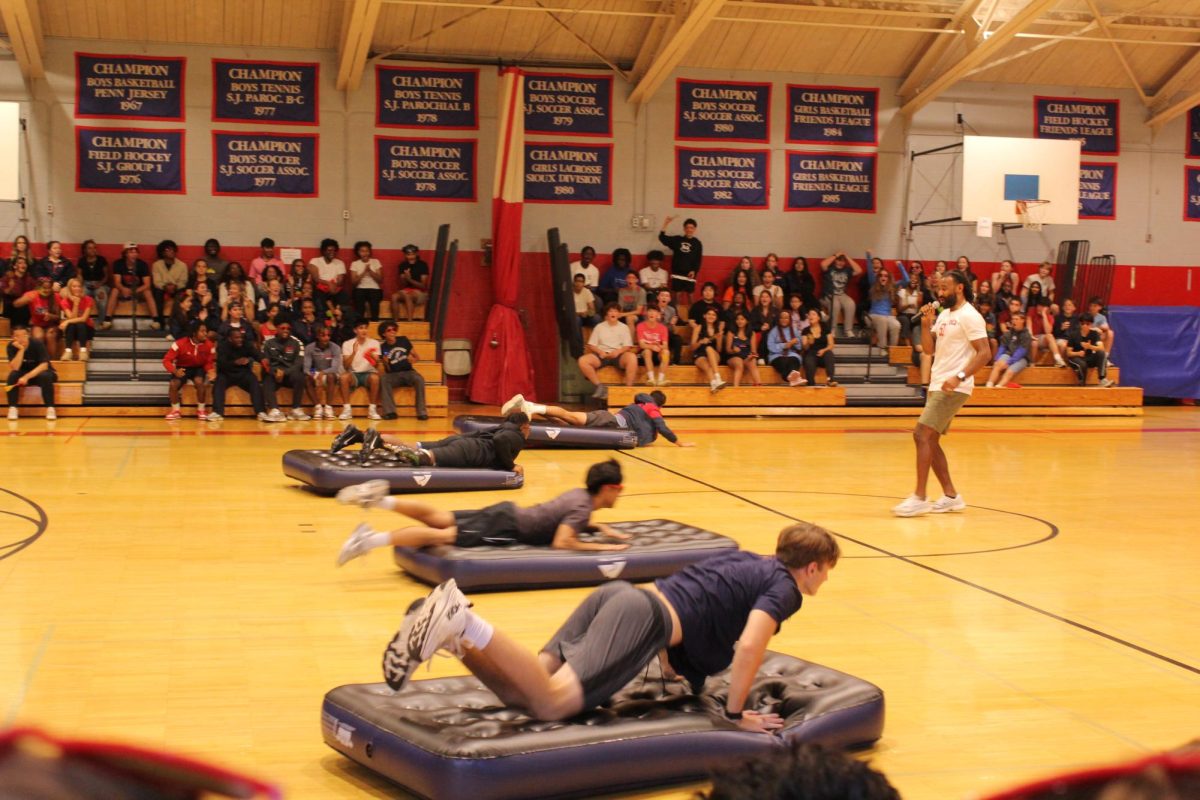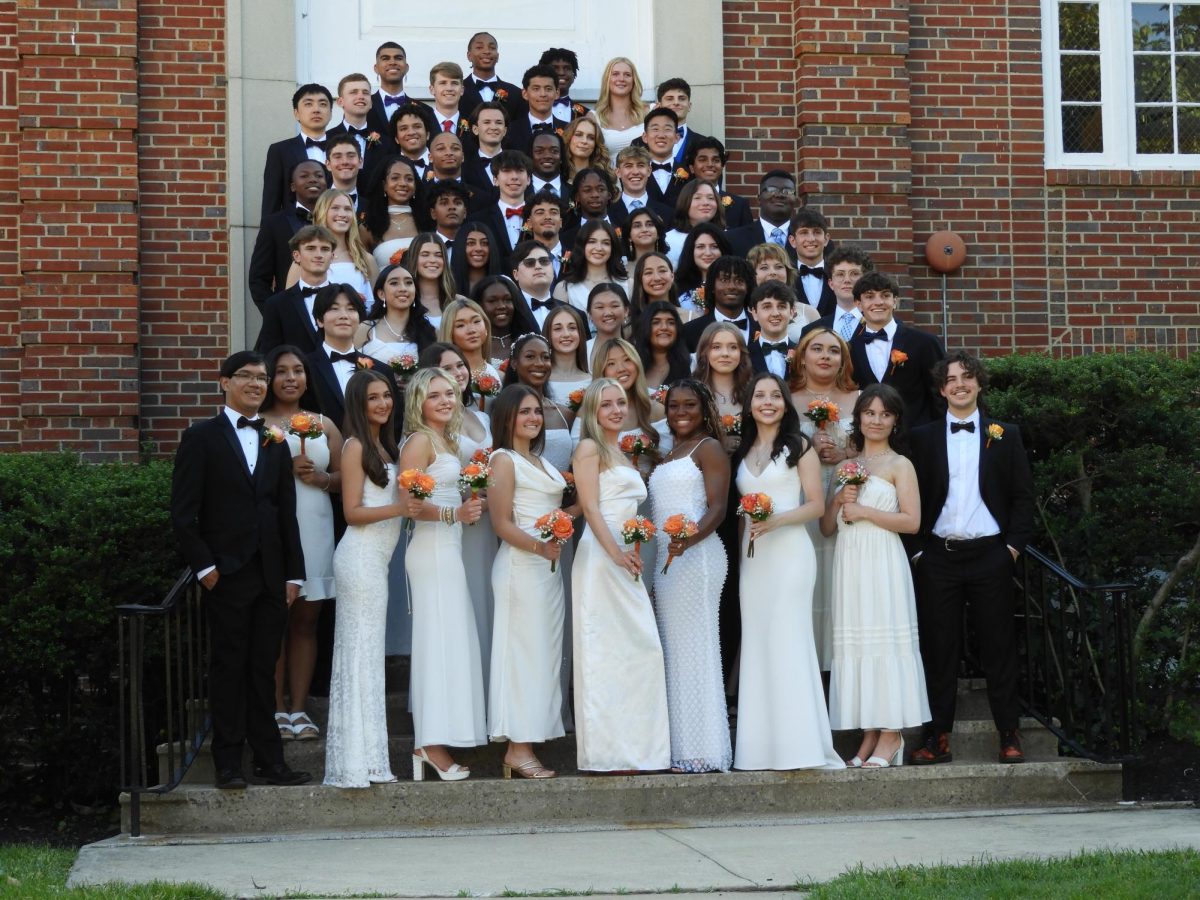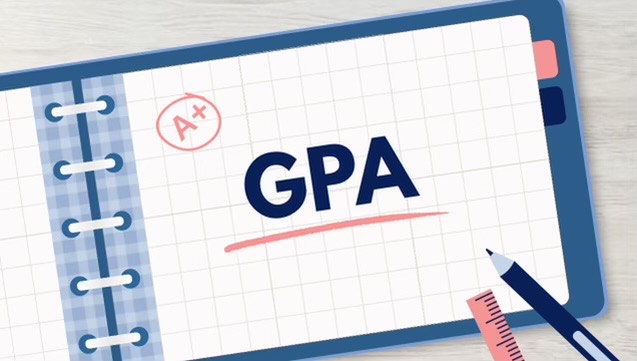For the second time this year, a swastika was discovered on the grounds of Moorestown Friends, drawn on the basketball court pole. The symbol was small and drawn in pencil. The graffiti was found on April 15, and the school has launched an investigation by reviewing security camera footage from the surrounding area, but was unable to find anything conclusive. The reappearance of the symbol has left students disgusted, increasingly upset, and distressed.
In ancient times, the swastika was a symbol of peace and good fortune across Asia and Europe, but it was tainted by its adoption by the Nazi regime in the 20th century. Under Adolf Hitler’s leadership, the swastika became a symbol of hatred, violence, and systemic extermination of millions during the Holocaust. Today, it stands as one of the most recognizable symbols of antisemitism, white supremacy, neo- Nazi groups, and hate towards marginalized communities.
Jewish Student Union (JSU) Affinity Group leader, Ethan Cohen ’26, expressed negative feelings about the swastika being found on school grounds.
“It’s disgusting,” said Cohen. “Our community is no place for hate of any kind.”
After the first incident, with a swastika found in the Middle School Girls’ bathroom earlier this year, the school administration held an assembly to inform the Upper School student body about what had happened, while firmly condemning the use of hate symbols and making it clear that such acts have no place in the school community. To this day, we don’t know who drew the first or second, or exactly when they were made.
But despite the administration’s efforts and the clear message delivered during the assembly, the problem didn’t go away.
Noah Hasni ’28, the student who reported the swastika, and his friend were hanging out at the outside basketball courts when they saw the symbol on the basketball pole. Immediately after, Hasni informed the faculty about the incident.
“I don’t think types of hate are allowed in any community,” said Hasni. “It’s disappointing to see this type of behaviour again.”
Chanelle Walker, Director of Diversity, Equity, Community, and Belonging (DEIB), expressed her dismay at the symbol of hatred being found.
“I think that a lot of us like to think of MFS as this safe, protective bubble from the things that go on in the outside world,” said Walker. “This was a harsh reminder of the fact that we, indeed, exist in the real world, and that, unfortunately, sometimes we are confronted in really hard and startling ways with things that are no longer just happening out there and now are taking place here in our community.”
Students expressed a mix of emotions — anger, fear, and disappointment — that previous conversations had not been enough to stop symbols of hatred from reappearing.
Chloe Marshall ’26, a member of JSU, expressed her initial inability to process that a symbol of hatred was found at a school where she grew up.
“I haven’t had much of an emotional reaction, because I think I’m feeling kind of numb and it’s hard to process … I don’t think it has crossed the barrier of reality in my mind, where I’m like, ‘Oh, this kind of thing happened.’” said Marshall. “It was just all kind of overwhelming to the point where I haven’t processed it.”
JSU member Aaron Linden ’28 expressed how real this symbol is and how much it affects him.
“It’s upsetting and disappointing to know that [some of the] people I’m surrounded by every day feel that way,” said Linden.
In response to the second incident, there was an assembly held on Friday, April 25, in which Upper School Director Noah Rachlin shared some comments regarding his personal experience and connection to the Jewish community, as well as condemning the actions. Then, students were split up into grade-level groups, sat in a circle, and shared answers to queries presented by the faculty. Earlier that week on Tuesday, during advisory, students were also given space to express their emotions and have space to openly talk about the incident.
Students had a very positive reaction to the assembly and Rachlin’s personal remarks.
“Just looking at it from the faculty’s perspective, it is difficult to handle a situation like this,” Cohen said. “I think that the assembly was productive.”
Marshall expressed a similar viewpoint to Cohen’s regarding the assembly. “I think that [the assembly] was a really good response, because it wasn’t just passing over it or scolding us,” said Marshall. “It was like really giving us time to talk about it. So I thought that was really positive.”
Although many at Moorestown Friends are dealing with heavy feelings, the community is working towards showing care and compassion for students who are affected by this symbol of hate.
Walker shares that we need to work on caring for each other as a school community and showing understanding to those who are struggling.
“I think about what it means to care for one another. What does it mean for us as a community to recognize that sheer sense of humanity, of caring for one another, the fact that there are a lot of students who may really feel a struggle to be seen, not just in this moment, but also on a regular basis?” said Walker.

